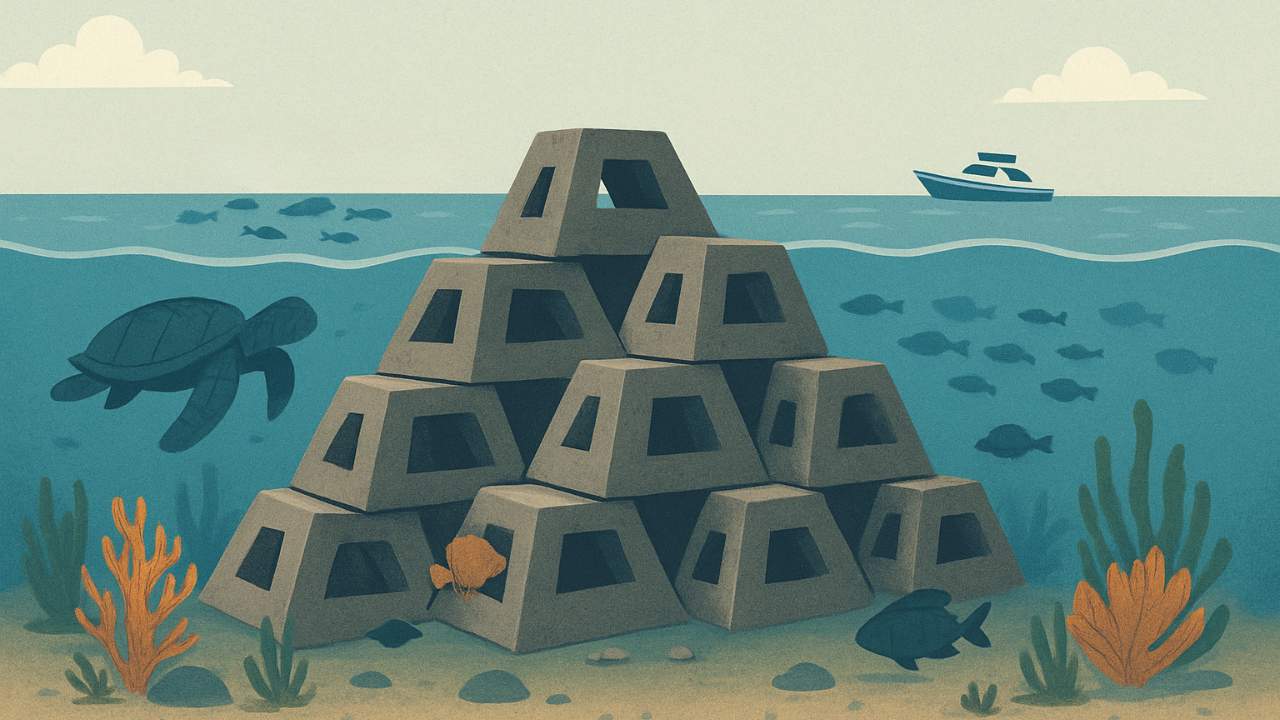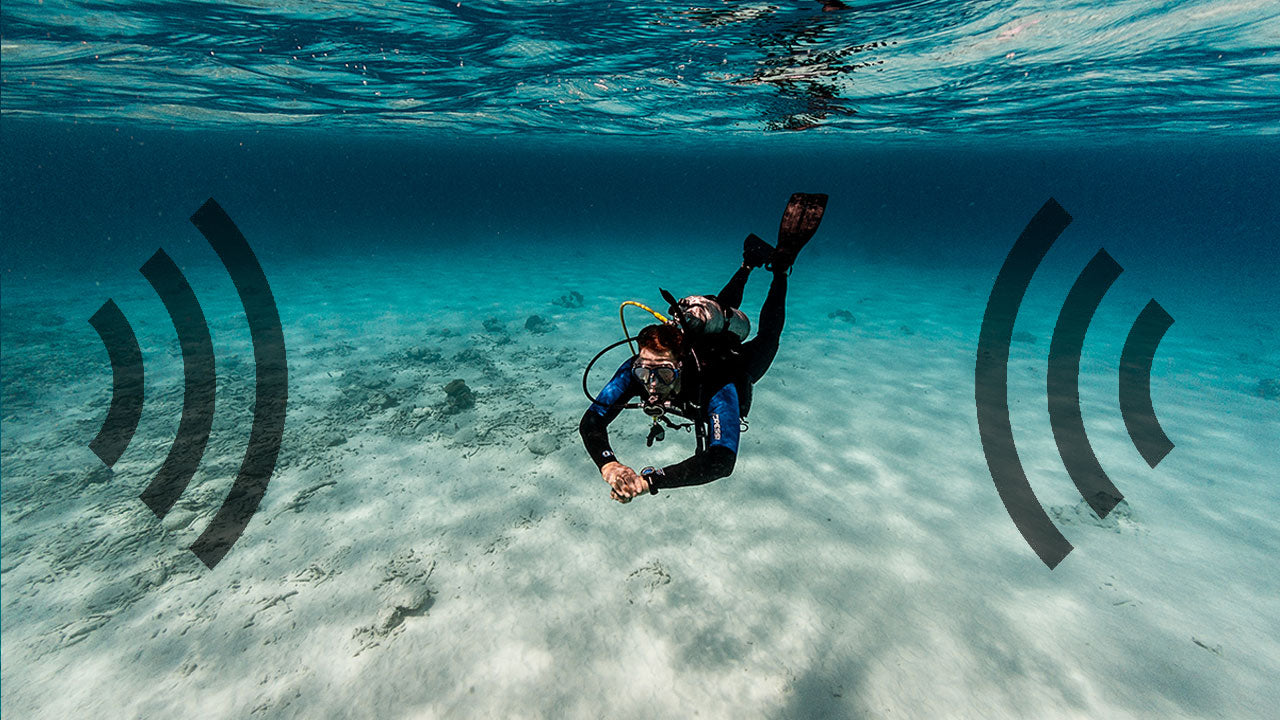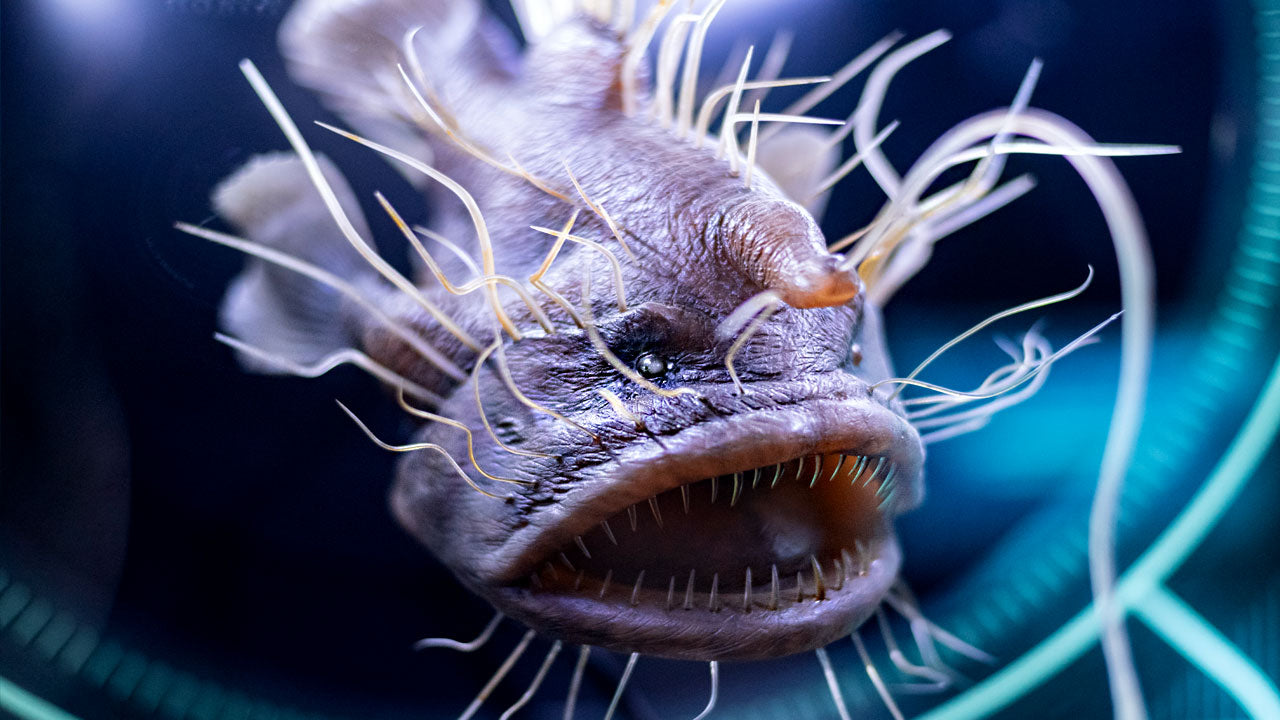Diving With Manta Rays - a Sustainable Approach

Tanta rays are among the most beloved of all marine creatures. These large beings capture the imaginations of many divers and snorkelers around the world thanks to the grace and majesty with which they glide through the sea. If you are lucky enough to spot the manta frolicking in the surf, or enjoying the skincare treatment at a cleaning station, you will surely be left in awe. Learn more about these beautiful fish, places to see them and guidelines for interacting with them.
Mantas at a Glance
Manta rays, just like sharks, are a part of the elasmobranch group. Although they are closely related to other rays and have flattened bodies, similar to bottom-dwelling stingrays, mantas have developed unique wing-like pectoral fins, which allow them to move within the water column as if they were flying.
There are two species of manta rays: Manta Alfredi (Resident Reef Manta Ray) and Manta Birostris (Giant Oceanic Manta Ray). Oceanic mantas are the bigger of the two manta species. They can reach up to 7 metres (23 ft) in wingspan and 2 tonnes (4440 lbs) in weight. The smaller reef mantas normally have a wingspan of 3-3.5 metres (9-11.5 ft) and weigh around 1.4 tonnes (3100 lbs).
Both species of manta rays are filter feeders, which means that they eat plankton. Mantas can consume as much as 5 kg (11 lbs) of plankton daily.
As for the lifespan of these creatures, research indicates that they can live to at least 50 and possibly even up to 100 years. That being said, scientists still need to gather more information to be able to answer this question accurately.
Curious Facts About Manta Rays
- The word “Manta” means cloak or shawl in Spanish.
- Anatomical studies have shown that mantas have the biggest brain to body ratio among all studied fish.
- Mantas never stop swimming. They have to keep moving in order to breathe. Swimming creates a current of oxygen-rich water through their gills. They are not able to create this current themselves.
- Manta rays are ovoviviparous. This means that the female gives birth to live the offsprings, who develop in eggs inside the mother.
- Mantas can often be seen at so called cleaning stations - places, usually located near the reef. Mantas come here to be cleaned by smaller creatures.
- Mantas have been observed jumping out of water. Scientists think that the act helps them to either eliminate parasites or to communicate.

Manta Rays and Humans
Unlike many of their relatives, manta rays are devoid of the poisonous sting. They are quiet and peaceful beings that have shown a curious behavior at the approach of humans. Many scuba divers, snorkelers and freedivers travel to remote destinations just to see the manta rays, or as they are sometimes called “sea birds”, in the wild.
While manta rays pose no danger to humans, the same cannot be said of the reverse. Both giant manta rays (Manta birostris) and reef manta rays (Manta alfredi) are threatened by a number of factors of anthropogenic origin. Hooks and fishing nets wound and trap mantas, often leading to death (bycatching). In addition to that, such countries as Sri Lanka and India have a well developed manta fishing industry. The gills of manta rays are highly sought-after, because Chinese traditional medicine preaches they have numerous medicinal properties, such as improving the immune system, preventing cancer and aiding nursing mothers. Although, there is no scientific evidence supporting these uses, according to data gathered by the IUCN, more 1000 giant manta rays are captured each year in different parts of the world.
This is particularly negative, since manta rays have a slow reproductive rate. The female normally gives birth to only one or rarely two pups, and births occur every 2-5 years, resulting in a serious risk of extinction. Currently manta rays are listed as “vulnerable” in the Red List of the IUCN.
The good news is that we can help to save manta rays simply by swimming with them. Traveling to enjoy these beautiful creatures in their natural habitat will give a commercial value to them through the development of ecotourism. In such a way, it will be more advantageous to keep mantas alive rather than to kill them.
Another way to help prevent the extinction of mantas is to support various awareness campaigns, manta conservation projects and promote sustainable fishing strategies.
Interaction Guidelines for Divers
If you are planning to dive or snorkel around manta rays, there are a few important guidelines to keep in mind. Although mantas don’t seem to feel threatened or fearful of humans, it is recommended that you avoid disturbing or touching them, and under no circumstances try riding them. Many dive operators around the world have developed some general rules and recommendations for manta encounters. Adhering to these rules helps to create a sustainable approach to manta ray tourism.
Manta Trust, a charity organization that works on worldwide conservation of manta rays and their habitat through robust science, research and education, has created the following code of conduct for tourists and divers.


Best Places to Dive With Manta Rays
Manta rays are found all around the world in tropical and temperate waters, generally between 35 degrees north and south latitude. This area includes South Africa, Madagascar, Mozambique to Somalia, Burma, Thailand, Malaysia, Indonesia, Philippines, Cambodia to southern Japan, northern Australia, Micronesia, New Caledonia, Fiji, New Guinea, Solomon Islands, Hawaii, southern California to northern Peru, North Carolina to southern Brazil, the Azores, and Senegal to Liberia. However, if you want to increase your odds of encountering manta rays, visiting one of these manta ray hot spots.
- Lady Elliot Island, Great Barrier Reef - this location can be visited year round, the estimated manta population here is over 500 with reef mantas prevailing.
- Maldives - this hot spot boasts over 2,300 individual reef mantas identified (pop. estimate 5,000) and more than 100 oceanic mantas; reef mantas can be sighted here all year round, and during the monsoon season (May to November) mantas perform their seasonal migrations within the archipelago.
- Kona, Hawaii - popular spot to go night diving with mantas year round; the estimated manta population is over 350 individuals.
- Yap, Palau, Guam, Micronesia - all of these small islands have populations of reef mantas year round.
- Tofo Beach, Mozambique - more than 500 reef mantas can be encountered here year round, oceanic mantas also frequent this site at certain times of the year.
All in all, mantas are extremely fascinating creatures, that we have yet to understand. Although during the last ten years scientists have made a good start at learning about their biology, intelligence and social interaction, much still remains to be found out. Spread the knowledge about these vulnerable creatures and help to provide them with effective protection; ensuring their persistence in years to come.




